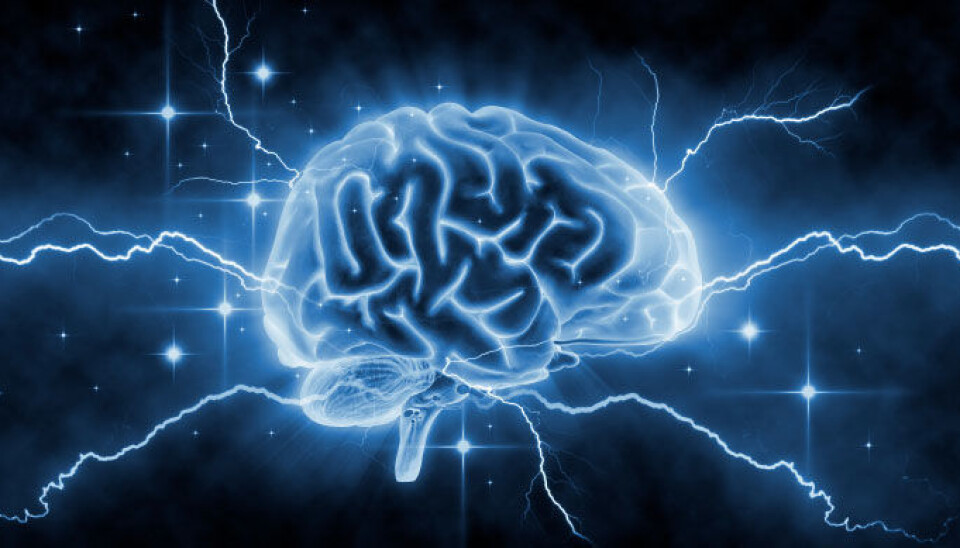
Implanted electrodes curtail Parkinson’s
New research documents why electrical stimulation of the brain enables Parkinson’s patients to reduce medications.
Roughly 8,000 Norwegians and 25,000 Swedes have been diagnosed with Parkinson’s disease, with symptoms such as reduced mobility, muscle rigidity and tremor.
The symptoms are mainly caused by the slow deterioration of the nerve cells in the brain that make dopamine, a neurotransmitter with a key role in controlling muscle movement throughout the body.
By the time symptoms crop up, nearly 80 percent of cells that produce dopamine have deteriorated, resulting in shortages of this vital natural substance.
Electrical impulses increase dopamine
The most common treatment for Parkinson’s is medication with L-DOPA (levodopa), which is converted into dopamine in the brain. But the method has its drawbacks.
After five to ten years of L-DOPA treatment, nearly half of all patients suffer impaired motor skills and are less able to consciously control muscles and move around.
This is probably because their L-DOPA levels have become irregular and unstable.
A method for reducing dependency on L-DOPA is deep brain stimulation (DBS). This treatment has been in use for a couple of decades. It relies on electrodes that are implanted in the brain and linked to a pacemaker that emits electrical impulses. New research at Linköping University in Sweden confirms that this kind of electrical stimulation of the brain raises dopamine levels.
Analysed brain chemicals
Five patients with severe Parkinson’s participated in the study, carried out by Peter Zsigmond. Electrodes were implanted in their brains along with two tiny catheters to use for a minimally invasive technique, microdialysis, which takes continuous measurements of fluid contents inside the body.
Zsigmond used microdialysis to sample and chemically analyse the patients' cerebrospinal fluid so he could see how electrical stimulation affected the secretion of chemicals in the brain.
The study showed that dopamine levels in a region of the brain linked with motor control, the subthalamic nucleus, increased when subjected to DBS.
Cut L-dopa doses by half
Electrical brain stimulation also raised quantities of L-dopa in the brain, which explains why implanting DBS electrodes helps patients cut down on their L-dopa medications.
Some of the patients who are given DBS operations can drop medications entirely, while others can cut doses by half.
“The surgery is relatively uncomplicated, but it requires a lot of planning. There are few operations that give so much joy, because it has a real solid effect,” Zsigmond says.
The findings confirm that DBS provides definite results and can also be used to make treatment more effective.
“The effect of the signal substances in the brain can vary from patient to patient. So in the future it should be possible to fine-tune the stimulation to each individual,” says Zsigmond.
------------------------
Read the Norwegian version of this article at forskning.no
Translated by: Glenn Ostling






